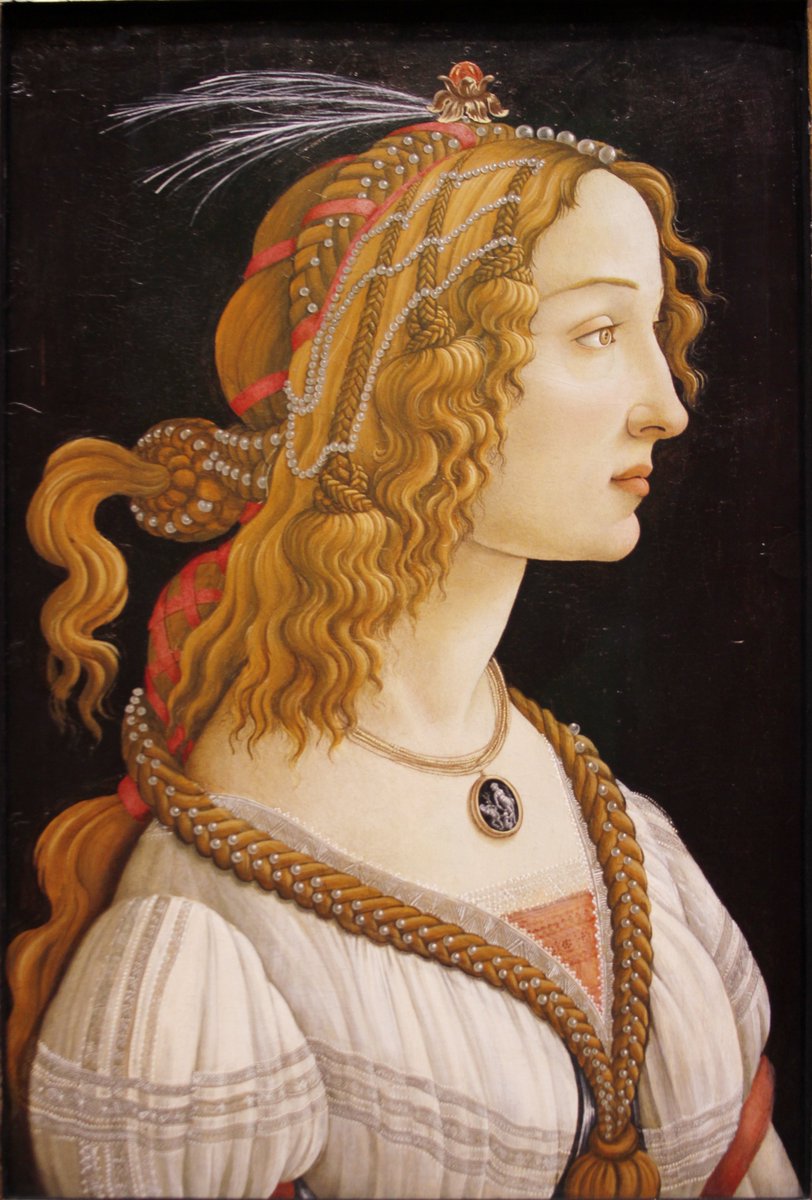
Did all the Teutonic Knights follow their vows of chastity as warrior monks like this? Hard to generalize but many of them likely did and the vow of chastity was taken seriously as the historian Eric Christiansen notes in the book The Northern Crusades. However... (thread)
https://twitter.com/LandsknechtPike/status/1483454637760040973
Christiansen also notes how "the knight-brother was exposed to strong temptations, because war and power continually put women at his mercy. They were booty, and the expectation of raping them was what kept his native auxiliaries up to the mark."
These native auxiliaries were the Old Prussian Baltic pagans, former enemies of the Order now serving as their mercenaries. Most of the Baltic crusades revolved around brutal raids into enemy territory and these natives acted as guides and irregulars for the Teutonic Knights.
These local auxiliaries who terrorized the enemy lands together with the Teutonic Knights in these raids had no other motivation than plunder and were not under any sort of vow of chastity. There are some accounts that Teutonic Knights also sometimes participated in raping.
According to certain Polish accounts during their 1329-32 war with the Order, women were seen being dragged to the tents of the Knights who had according to these Polish accounts raped even more women than their Prussian auxiliaries!
On the other hand it has to be noted that Teutonic Knights lived their lives under strict community rules and there were punishments for breaking the vows of chastity. For many, it would not be easy to get away with this and discipline was enforced to keep the Order together.
There is a famous legend about the leaning tower of Thorn allegedly built by a Teutonic Knight who sinned and broke the monastic vows by having a love affair with a woman. He had to build a tilted tower as a punishment to symbolize his deviation from the monastic rules! 

In general, the life of the Teutonic Knights was hard and brutal. They were in the state of continuous war with their pagan (and sometimes even Christian) neighbors while enjoying much less benefits of the chivalric culture of secular warriors knights.
For example the Teutonic Knights were not allowed to have individual shares of plunder and did not even own their horses. Someone who would seek great plunder for himself would have little motivation to join Teutonic Knights so the Order attracted men for different reasons.
For Teutonic Knights, fighting in war was a means of atonement, a penance for their sins, trying to achieve redemption and holiness by fighting against the pagans in the harsh conditions of the Baltic on the edge of civilization. Many definitely took religious vows seriously.
This would be strange for modern Christians, and not just modern Christians but also the "trad" Christians of few centuries ago, but in the middle ages they view Christianity as basically a warrior religion where crusades were a holy enterprise and many truly believed in this.
• • •
Missing some Tweet in this thread? You can try to
force a refresh























